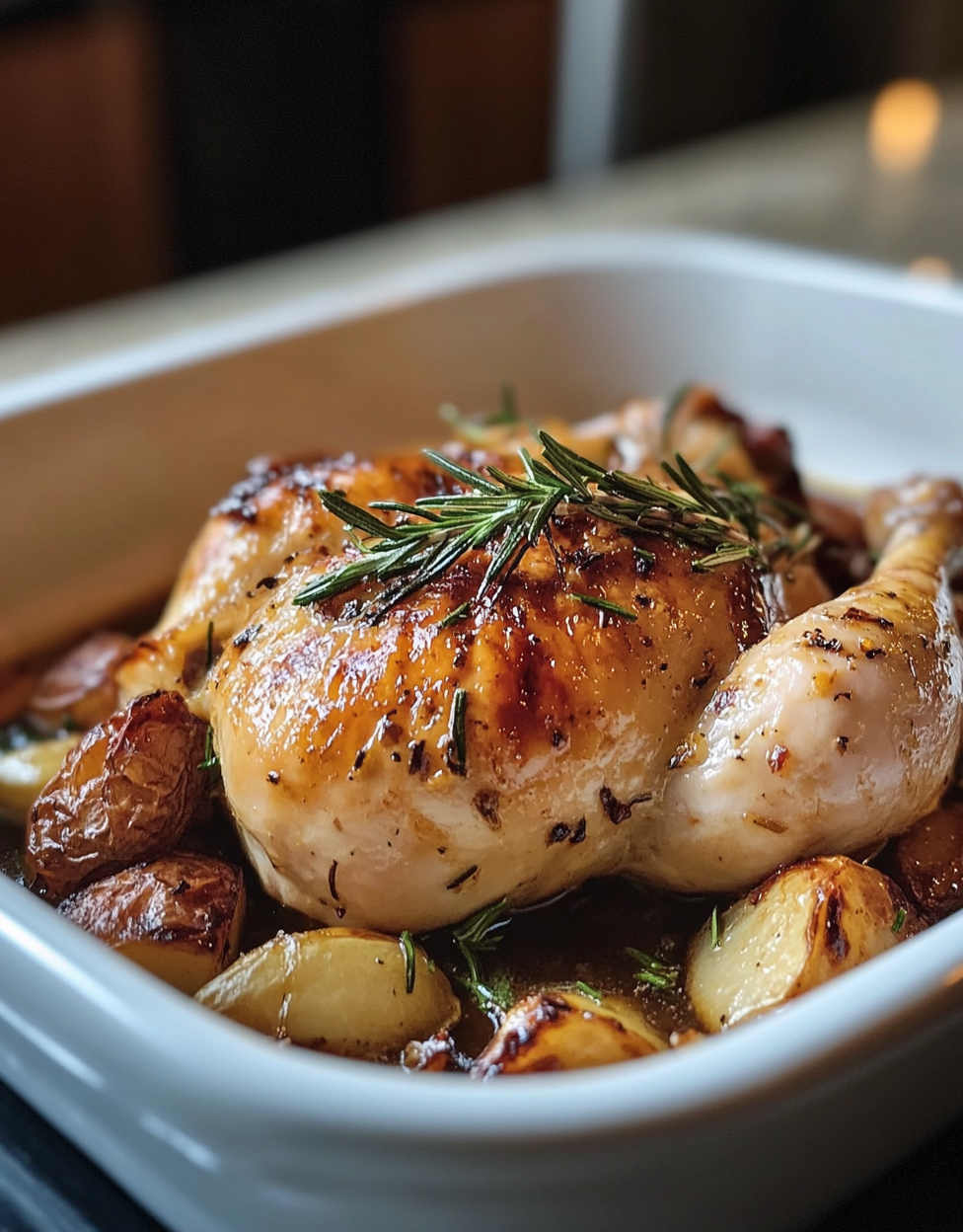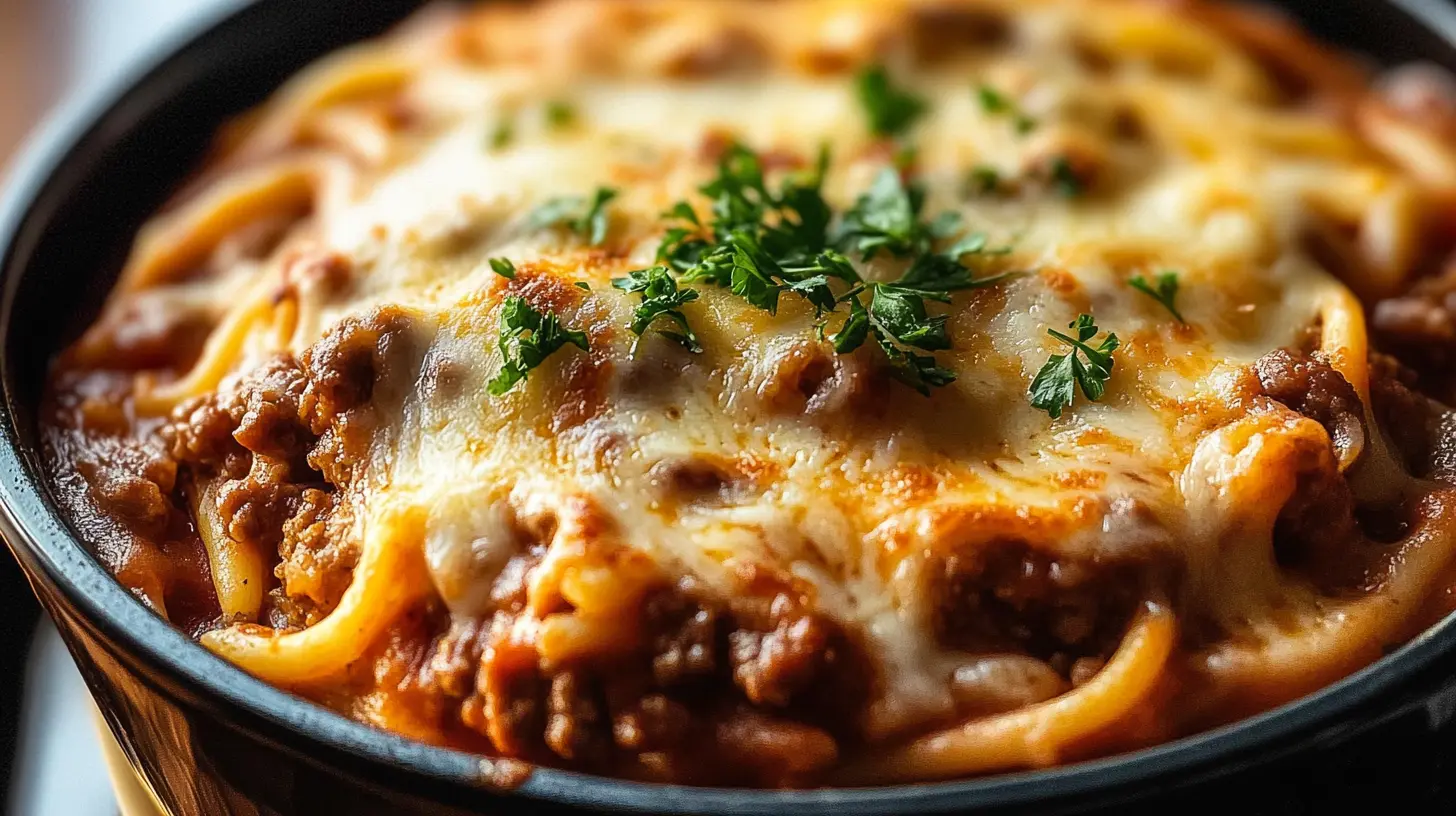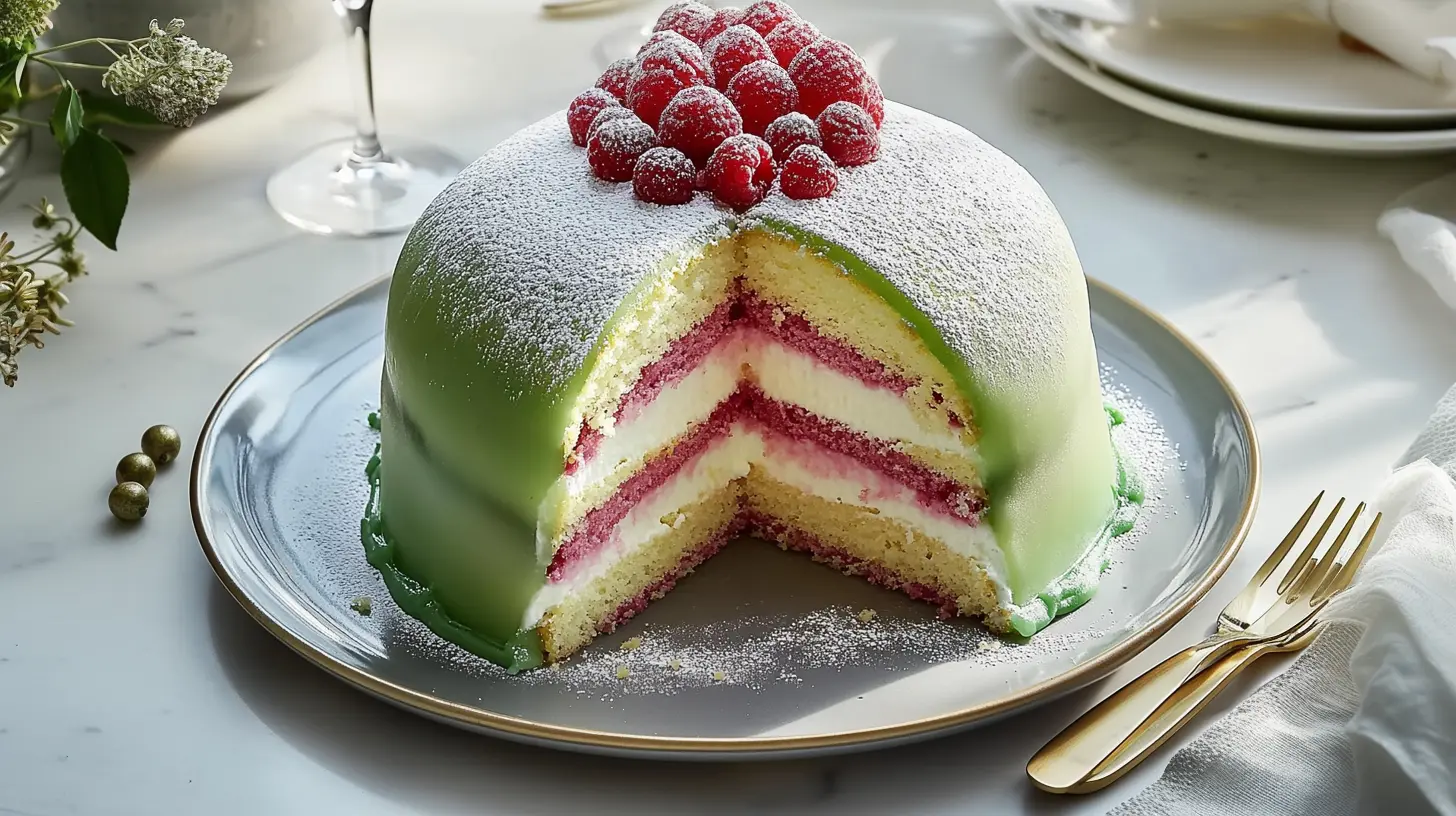Brining is a game-changer in the culinary world, especially when it comes to preparing chicken. This technique, which involves soaking the chicken in a saltwater solution, not only enhances the flavor but also ensures that the meat stays moist and tender throughout the cooking process. In this guide, we’ll dive deep into the art of brining, providing you with everything you need to know to create the perfect chicken brine recipe.
Introduction to the Best Chicken Brining Method
What is Brining in a Chicken Brine Recipe?
Brining is a process where chicken is soaked in a solution of water, salt, and other flavorful ingredients. The primary goal of brining is to keep the meat moist during cooking and infuse it with a depth of flavor that is hard to achieve with other methods. This process is central to the perfect chicken brine recipe.
Why Brine Your Chicken?
- Moisture Retention: The salt in the brine causes the meat’s protein fibers to unravel, creating gaps that fill with water, resulting in juicier meat.
- Flavor Enhancement: The brine seeps into the meat, infusing it with the flavors of herbs, spices, and other aromatics.
Learn more about the science of brining and how it impacts the final outcome of your chicken dishes.
Brief History of Brining
Brining has been used for centuries as a method of food preservation. Originally, it was a way to prevent meat from spoiling before refrigeration was available. Today, it’s used primarily to enhance the flavor and texture of various meats, especially poultry. In different cultures, brining has evolved into an art form, adding depth to traditional dishes like Tteokbokki. The chicken brine recipe has become a staple in kitchens worldwide due to its effectiveness in improving meat quality.
Why Brining is Essential for the Perfect Chicken Brine Recipe
The Science Behind a Chicken Soaking Solution
At the heart of brining is osmosis, a process where water moves through the chicken’s cells, balancing the salt concentration. This movement ensures that the chicken absorbs the brine solution, making it both flavorful and moist. Understanding this process is crucial for mastering any chicken brine recipe.
- Osmosis: The key to moist and tender chicken.
- Salt and Sugar: These ingredients not only season the meat but also help to break down proteins, tenderizing the chicken.
Explore safe brining practices to ensure you get the most out of this technique.
Impact on Different Cuts of Poultry in a Flavor-Infusing Brine
- Whole Chicken: Brining a whole chicken ensures even seasoning throughout.
- Bone-in Pieces: These cuts benefit greatly from brining, as the bone can sometimes prevent seasoning from penetrating deeply.
- Boneless Cuts: While boneless cuts don’t need as much brining time, they still gain significantly from a quick soak.
Types of Brine: Wet vs. Dry in Poultry Preparation
Wet Brine in Your Poultry Soaking Technique
A wet brine involves soaking the chicken in a liquid solution made of water, salt, and other seasonings. It’s ideal for whole chickens and larger cuts, ensuring even seasoning and moisture retention. This method is often recommended in many chicken brine recipes.
- Pros: Provides even seasoning and moisture.
- Cons: Requires more space and preparation time.
Dry Brine
- A dry brine involves rubbing the chicken with a mixture of salt and spices. It’s simpler and quicker than wet brining but requires careful attention to avoid over-salting. Some variations of the chicken brine recipe may suggest a dry brine for specific cuts. For more tips on how to perfect a dry brine, check out this guide on dry brining.
- Pros: Easier and faster, with no need for large containers. Learn more about the advantages of dry brining here.
- Cons: Can be tricky to avoid over-salting. If you’re concerned about over-salting, this article offers insights on how to avoid it.
.
Essential Ingredients for the Perfect Chicken Brine Recipe
Core Ingredients
- Water: The base of any wet brine.
- Kosher Salt: The preferred salt due to its purity and large crystals.
- Sugar: Balances the salt and adds a subtle sweetness.
Aromatics and Herbs
- Sage, Basil, and Garlic: These herbs add depth to the brine.
- Peppercorns and Bay Leaf: Essential for a complex flavor profile.
Optional Add-ins
- Citrus: Lemons and oranges add a bright, tangy flavor.
- Spices: Experiment with paprika, cumin, or chili flakes for a kick.
- Alcohol: Wine or beer can add a unique depth of flavor.
- Pickle Juice: For an extra tangy brine, consider using pickle juice inspired by this Pickle Juice Recipe.
Step-by-Step Guide to Making the Perfect Chicken Brine Recipe
Ingredients
- 1 gallon of water
- 1 cup of kosher salt
- 1/2 cup of sugar
- 2-3 garlic cloves, crushed
- 1 tbsp black peppercorns
- 1 bay leaf
- Optional: fresh herbs like sage or basil, citrus slices
Instructions
- Mix the Ingredients: Bring water, salt, and sugar to a simmer in a large pot, stirring until fully dissolved.
- Add Aromatics: Add garlic, peppercorns, bay leaf, and any optional herbs or spices.
- Cool the Brine: Remove from heat and let the brine sit at room temperature for 2 hours. Refrigerate for at least 1 hour to ensure it’s fully cooled.
- Brine the Chicken: Submerge the chicken in the cooled brine. Cover and refrigerate for the recommended time.
Cooling the Brine
It’s crucial to cool the brine before adding the chicken to avoid cooking the meat prematurely. This step ensures that the chicken absorbs the brine evenly. Proper cooling is a key detail in any successful chicken brine recipe.
How Long to Brine Chicken: Time Guidelines for Poultry Marination
Whole Chicken
- Brining Time: 6-8 hours
- Ensures even seasoning and maximum moisture retention.
Bone-in Pieces
- Brining Time: 4-6 hours
- Provides flavor penetration without over-salting.
Boneless Cuts
- Brining Time: 1-2 hours
- Quick brine for tender and juicy results.
Common Mistakes to Avoid When Brining Chicken
Over-Brining
Leaving chicken in the brine for too long can result in overly salty, tough meat. Always follow recommended brining times to avoid ruining your chicken brine recipe.
Not Cooling the Brine
Adding chicken to a warm brine can start the cooking process prematurely, leading to uneven texture and flavor.
Using the Wrong Salt -Best Chicken Brine
Kosher salt is the preferred choice for brining because of its purity and size. However, table salt can make the brine too salty, so be sure to adjust quantities if substituting.
FAQs About Your Chicken Brine Recipe
What is the formula for brine?
The basic formula for a brine is 1 gallon of water, 1 cup of kosher salt, and 1/2 cup of sugar. This combination provides a balanced saltiness that enhances the flavor of the chicken while keeping it moist. This formula is the backbone of any good chicken brine recipe.
What is the formula for brining chicken?
For brining chicken, the standard formula involves dissolving 1 cup of kosher salt and 1/2 cup of sugar in 1 gallon of water. You can add aromatics and herbs, such as garlic, peppercorns, and bay leaves, to infuse the chicken with additional flavors, following a classic chicken brine recipe.
How long can you brine chicken?
The brining time depends on the size and cut of the chicken:
- Whole Chicken: 6-8 hours
- Bone-in Pieces: 4-6 hours
- Boneless Cuts: 1-2 hours
What is the rule for brine?
The general rule for brine is to use 1 cup of kosher salt per gallon of water. To begin with, ensure the brine is fully cooled before submerging the chicken, and moreover, do not exceed the recommended brining times in order to avoid over-salting.
What is the ratio of sugar to water for brine?
The standard ratio of sugar to water in a brine is 1/2 cup of sugar per gallon of water. This ratio helps balance the saltiness and adds a subtle sweetness to the chicken, crucial for a well-rounded chicken brine recipe.
What is the best brine method?
The best brine method depends on your preference:
- Wet Brine: Ideal for whole chickens and larger cuts, providing even seasoning and moisture retention.
- Dry Brine: Easier and faster, with no need for large containers, but requires careful attention to avoid over-salting.
How much salt do I need for 1 litre of brine?
For 1 litre of brine, you need 1/4 cup of kosher salt. This amount ensures the brine is salty enough to penetrate and season the chicken without making it overly salty. This measurement is often cited in precise chicken brine recipes.
Is sugar necessary in brine?
While sugar is not strictly necessary in a brine, it helps balance the saltiness and adds a subtle sweetness to the meat. It also aids in browning the chicken during cooking.
How to make 2 salt brines?
To make a brine with double the salt concentration, first, simply double the amount of salt while keeping the water quantity the same. For instance, use 2 cups of kosher salt per gallon of water. As a result, this brine will be saltier; therefore, adjust the brining time accordingly to prevent over-salting.
Advanced Brining Techniques
Cold Brining vs. Hot Brining
- Cold Brining: The traditional method where the brine is cooled before use. Ideal for delicate cuts.
- Hot Brining: Involves pouring hot brine over the chicken, useful for tough cuts that require more tenderizing.
Adding Flavors Post-Brine
After brining, consider applying a marinade or rub to add an extra layer of flavor before cooking.
Smoking After Brining
Combine brining with smoking for a double dose of flavor. The brine keeps the meat moist during the long smoking process, resulting in a juicy, flavorful chicken.
Serving Suggestions and Recipes Using Brined Chicken
Roasting
Brined chicken roasts beautifully, with a crispy skin and moist interior. Serve with roasted vegetables for a complete meal. A well-executed chicken brine recipe makes all the difference in achieving that perfect roast.
Grilling
Brining is perfect for grilled chicken, helping it stay juicy over the high heat. Pair with a fresh salad or grilled corn. This method is particularly popular in many variations of the chicken brine recipe.
Fried Chicken
Brining before frying ensures that your chicken stays juicy and flavorful under the crispy crust. A chicken brine recipe tailored for frying often includes a touch of spice to enhance the flavor.
Chicken Salads and Sandwiches
Use brined chicken in cold dishes like salads or sandwiches for an extra burst of flavor. Pair it with a hearty side like this Cheesy Hot Beef Sandwich for a satisfying meal.
What is the 4-Hour Food Rule?
The 4-hour food rule states that perishable food items should not be left out at room temperature for more than 4 hours. After this time, harmful bacteria can grow to levels that may cause foodborne illness. This rule is crucial in food safety to prevent contamination, especially for items like raw chicken or prepared dishes.
Can Bacteria Grow in Brine?
Yes, bacteria can grow in brine, but the growth rate depends on the salt concentration. In a properly concentrated brine (usually around 5-10% salt), most harmful bacteria are inhibited. However, if the salt concentration is too low, it may not be enough to prevent bacterial growth. It’s essential to maintain the correct salt levels in your brine to ensure food safety.
What is the 20-Minute Rule in Food?
The 20-minute rule refers to the time frame within which food should be refrigerated or frozen after cooking to minimize the risk of bacterial growth. Ideally, food should be cooled and stored within 20 minutes after cooking, especially if it’s a large quantity. This rule helps to ensure that food cools quickly and safely.
What is the 2-Hour Rule?
The 2-hour rule is a guideline that states perishable foods should not be left out at room temperature for more than 2 hours. After 2 hours, the risk of bacterial growth increases significantly. If the ambient temperature is above 90°F (32°C), the time limit reduces to 1 hour. This rule is particularly important for items like raw chicken and prepared dishes.
How Long Can Raw Chicken Stay Out of the Fridge?
Raw chicken should not stay out of the fridge for more than 2 hours. If the room temperature is above 90°F (32°C), this time limit decreases to 1 hour. Beyond this period, the chicken enters the “danger zone,” where bacteria can multiply rapidly, increasing the risk of foodborne illness.
Conclusion
Brining is an essential technique for anyone looking to elevate their chicken dishes. Regardless of whether you prefer the traditional wet brine or the quicker dry brine, the results are always worth the effort. Furthermore, by following the steps and tips outlined in this guide, you’ll be on your way to creating perfectly brined chicken every time. In summary, remember that the right chicken brine recipe is key to achieving that delicious, juicy, and flavorful chicken. Happy cooking!

Posted by: Hailee | December 14, 2024
I’m passionate about sharing sweet and savory recipes that I’ve meticulously tested and perfected in my own kitchen. Join me on this delicious journey to experience the best of culinary creativity.




